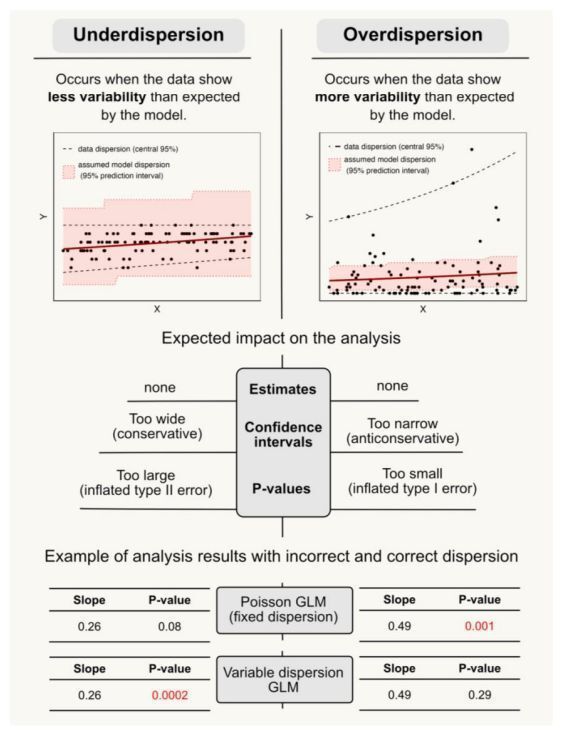

academic.oup.com/evlett/artic...





doi.org/10.1093/bioa...
The GlobDB is the largest species dereplicated genome database currently available, containing 306,260 species representatives.
More information on globdb.org 1/5
🖥️🧬🦠

doi.org/10.1093/bioa...
The GlobDB is the largest species dereplicated genome database currently available, containing 306,260 species representatives.
More information on globdb.org 1/5
🖥️🧬🦠
www.science.org/doi/10.1126/...

www.science.org/doi/10.1126/...
Which I think about when reading what other rich people I see on the tv are up to.
Which I think about when reading what other rich people I see on the tv are up to.
I'm hiring a postdoc to do machine learning in population genetics.
Starting to build up a lab at Indiana University Bloomington where I just started a faculty position.
Apply with the below link: indiana.peopleadmin.com/postings/30325
I'm hiring a postdoc to do machine learning in population genetics.
Starting to build up a lab at Indiana University Bloomington where I just started a faculty position.
Apply with the below link: indiana.peopleadmin.com/postings/30325
Abstract submission/Registration deadline: 20 Jan/28 Feb 2026
meetings.embo.org/event/26-bio...
#EMBOEvoGenBio #GeneSky #EvoSky #EcoSky #EMBOevents 🧪
Abstract submission/Registration deadline: 20 Jan/28 Feb 2026
meetings.embo.org/event/26-bio...
#EMBOEvoGenBio #GeneSky #EvoSky #EcoSky #EMBOevents 🧪
We have three(!) funded PhD studentships advertising presently. If any of these are of interest, please reach out! Thread below with links to more information on each project.
#Drosophila #Evolution #Immunity #SelfishGene #Aphids
Thread with links below 🧵 1/4



We have three(!) funded PhD studentships advertising presently. If any of these are of interest, please reach out! Thread below with links to more information on each project.
#Drosophila #Evolution #Immunity #SelfishGene #Aphids
Thread with links below 🧵 1/4

doi.org/10.32942/X23...

doi.org/10.32942/X23...
(🧵 1/6) Evolutionary genetics of alternative splicing in plants
nph.onlinelibrary.wiley.com/doi/10.1111/...

Contributions by (1) Irina Mikhalevich; (2) Eva Jablonka and Simona Ginsburg; (3) Nicholas Humphrey; (cont'd)

Contributions by (1) Irina Mikhalevich; (2) Eva Jablonka and Simona Ginsburg; (3) Nicholas Humphrey; (cont'd)


go.nature.com/4i0i61w



www.science.org/doi/10.1126/...
bsky.app/profile/jlst...
www.science.org/doi/10.1126/...
bsky.app/profile/jlst...


